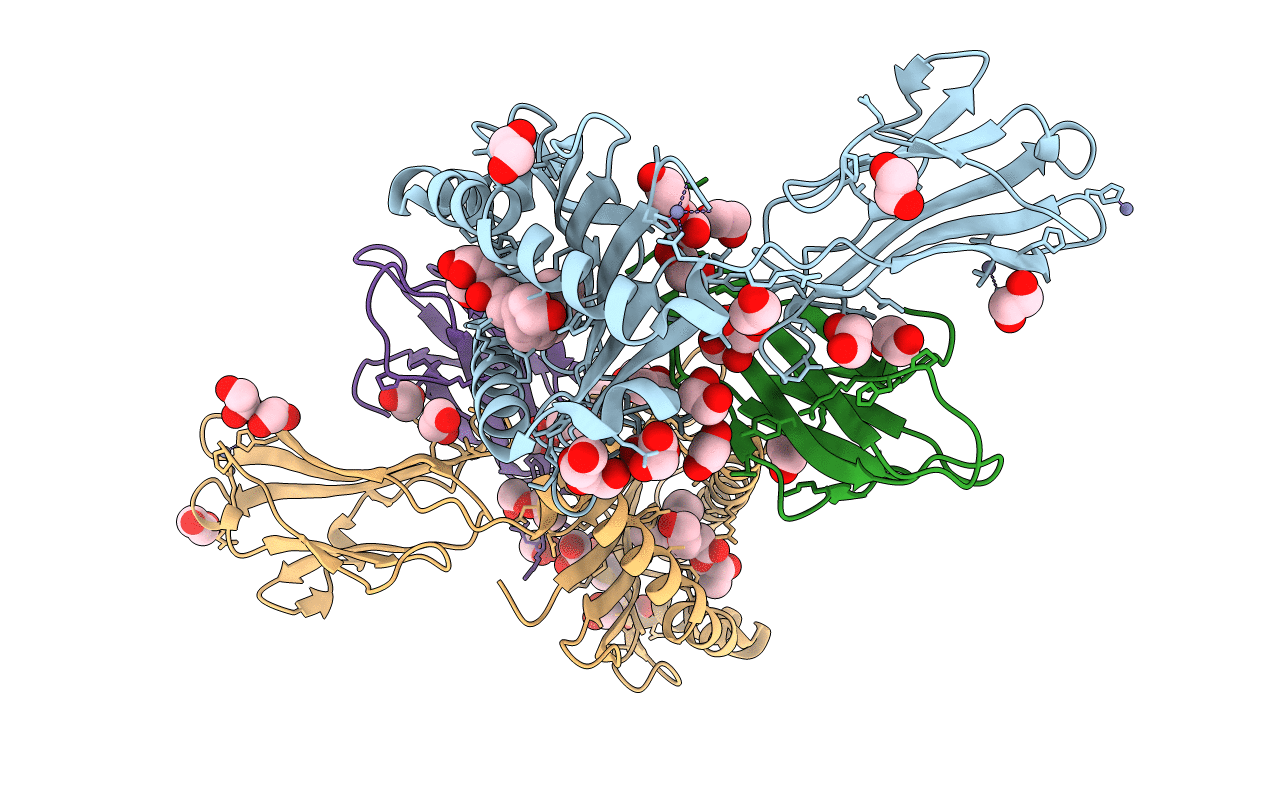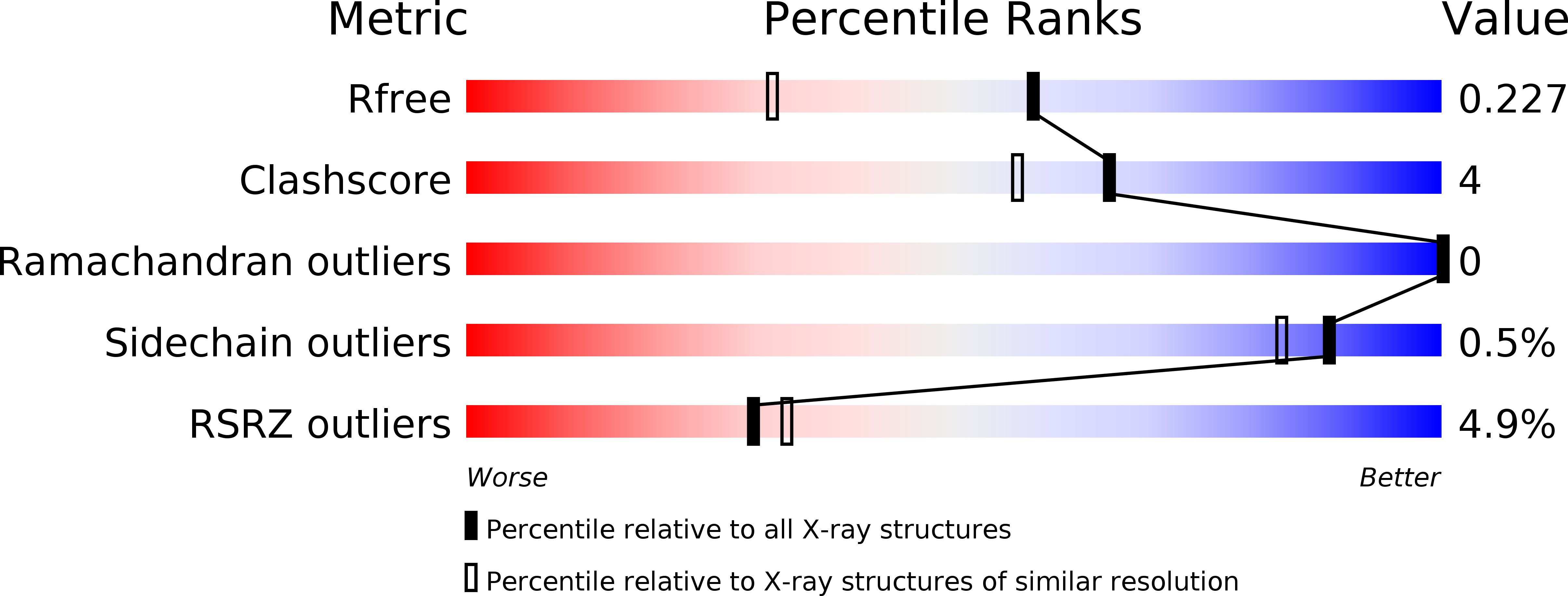
Deposition Date
2019-11-13
Release Date
2020-04-22
Last Version Date
2024-10-30
Entry Detail
PDB ID:
6LB2
Keywords:
Title:
Crystal structure of rhesus macaque MHC class I molecule Mamu-B*098 complexed with mono-acyl glycerol
Biological Source:
Source Organism:
Macaca mulatta (Taxon ID: 9544)
Host Organism:
Method Details:
Experimental Method:
Resolution:
1.69 Å
R-Value Free:
0.22
R-Value Work:
0.19
R-Value Observed:
0.19
Space Group:
C 1 2 1


